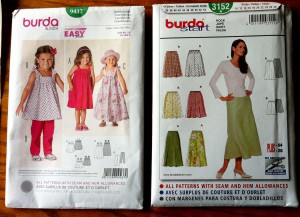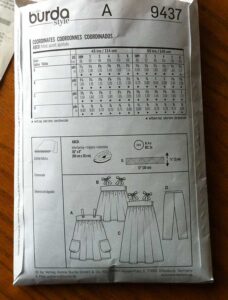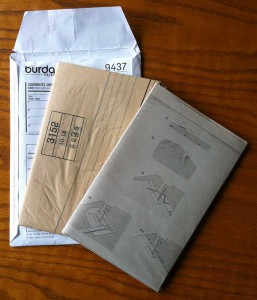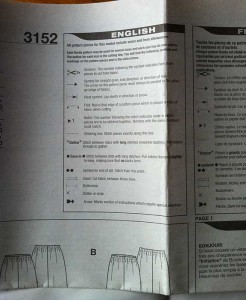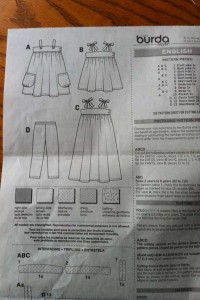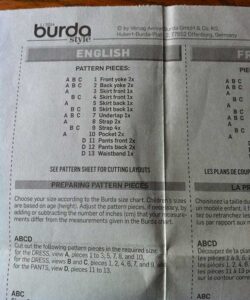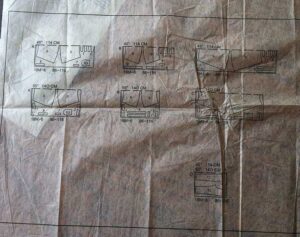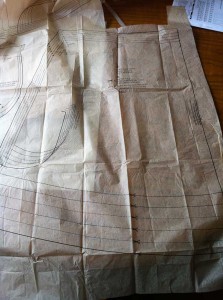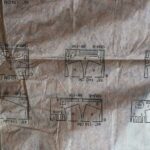Sewing Scissors
No matter what you’re making, whether you hand sew or use a machine,. you need sewing scissors. Now, you can go and buy a pack of 3 at Poundland but I guarantee you’ll be swearing before you’ve finished your first garment! It’s worth investing in a good pair of dress-making scissors. 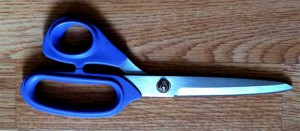 My own were a birthday present 10yrs ago, have never needed sharpening and cut perfectly, I LOVE them, I also love my Fiskar scissors, pinking shears!
My own were a birthday present 10yrs ago, have never needed sharpening and cut perfectly, I LOVE them, I also love my Fiskar scissors, pinking shears!
My dressmaking scissors are KAI PROFESSIONAL TAILOR’S SHEARS | 25 CM which are widely available, these were a present but I believe they were bought locally.
Tip – Do not let anyone borrow your scissors under any circumstances, they’ll get used for cutting paper which is a death knell to that crisp sharp edge you want to achieve!
There are a few good brands out there but one of the best known are Fiskars, who make a wide range of scissors suitable for every task.
Another really useful tool is a pair of pinking shears (they were invented by Louise Austin in 1893). Mine are Fiskars, another birthday present and I use them in most projects. If you don’t have an overlocker they a great for finishing off seams to stop fraying and where it’s not practical to use an overlocker. You can also use them to create fancy edging for finishing trims. Amazon do a great deal on these!
Lastly, a pair of snips for cutting thread. Again, you don’t want to go cheap here there’s nothing worse trying snip threads with blunt scissors. At best you’ll get an untidy frayed edge, at worst you’ll have to saw to break the thread, taking up your precious time. Mine are Fiskars (can you tell I like the Fiskar brand!)
Mine were purchased from Ebay many years ago and have served me well. This is another pair I don’t lend out, take heed of the tip above!
For the wee thread scissors expect to pay between £6-£8, for quality pinking sheers, £15-£30 and dressmaking scissors £15-£40 but always look out for bargains there’s plenty to be found. If you can only afford 1 good pair go for the dressmaking scissors, they can be used for snipping threads too.
Finally, look after your purchase:
- Don’t use them for anything except fabric and thread.
- Wipe clean after each use.
- Keep the pivot screw tightened and periodically add a drop of oil wiping off any excess.
- Keep them sharp either by using a home sharpening tool or take them to a professional (they’ll do a better job).

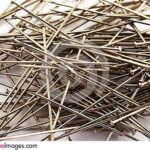 Now, you might think a sewing pins a sewing pin
Now, you might think a sewing pins a sewing pin 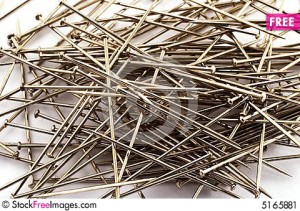
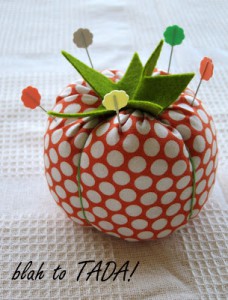
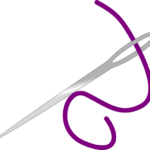

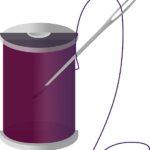 when you think about the benefits of sewing? There are all the obvious practical aspects like repairing and customising your own clothes. However, there are other benefits too, both physical and mental. If you’re thinking about dipping your toe into the world of sewing then reading this article will push you in the right direction!
when you think about the benefits of sewing? There are all the obvious practical aspects like repairing and customising your own clothes. However, there are other benefits too, both physical and mental. If you’re thinking about dipping your toe into the world of sewing then reading this article will push you in the right direction!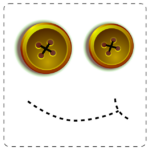 button falls off your dress, there’s nothing else you want to wear. Get the needle and thread out, sew the button back on, job done! Same scenario only this time the hem is coming undone. A few quick stitches and you’re good to go.
button falls off your dress, there’s nothing else you want to wear. Get the needle and thread out, sew the button back on, job done! Same scenario only this time the hem is coming undone. A few quick stitches and you’re good to go.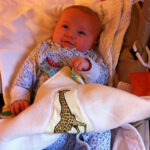 and you’re struggling to think of a suitable gift. You know everyone will have already bought cute tiny baby clothes, half of which won’t get worn before the baby grows out of them! Make this
and you’re struggling to think of a suitable gift. You know everyone will have already bought cute tiny baby clothes, half of which won’t get worn before the baby grows out of them! Make this 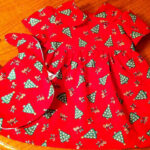 you changed your soft furnishings or someone gifts you a pair. Upcycle into something else like a
you changed your soft furnishings or someone gifts you a pair. Upcycle into something else like a 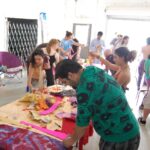 movement is involved in making a garment from sorting and cutting out the fabric to sewing all together. Stretching, bending and fine motor movements are all used in sewing.
movement is involved in making a garment from sorting and cutting out the fabric to sewing all together. Stretching, bending and fine motor movements are all used in sewing.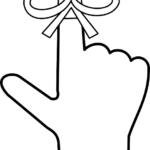 make for dinner when I’m surrounded with sharp implements (i.e. needles and pins) guaranteed I’ll end up with a bleeding digit! You have to focus when you sew, which has a knock on effect with your physical health. Any form of intense focus is meditation and I’m sure many of you will have read about the benefits, here are just a few:
make for dinner when I’m surrounded with sharp implements (i.e. needles and pins) guaranteed I’ll end up with a bleeding digit! You have to focus when you sew, which has a knock on effect with your physical health. Any form of intense focus is meditation and I’m sure many of you will have read about the benefits, here are just a few: a bio-feedback system was used to analyse responses. Participants were given 5 activities to do, which included sewing. The study indicated that sewing was the best activity for relaxing. Page 34 of the
a bio-feedback system was used to analyse responses. Participants were given 5 activities to do, which included sewing. The study indicated that sewing was the best activity for relaxing. Page 34 of the 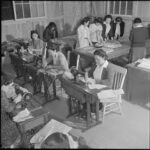
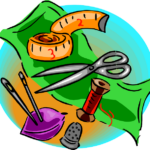
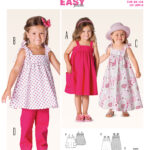 to read sewing patterns, they can be confusing if you’ve never used one before. I’ll explain the basics with images to help. The 2 most important things:
to read sewing patterns, they can be confusing if you’ve never used one before. I’ll explain the basics with images to help. The 2 most important things: